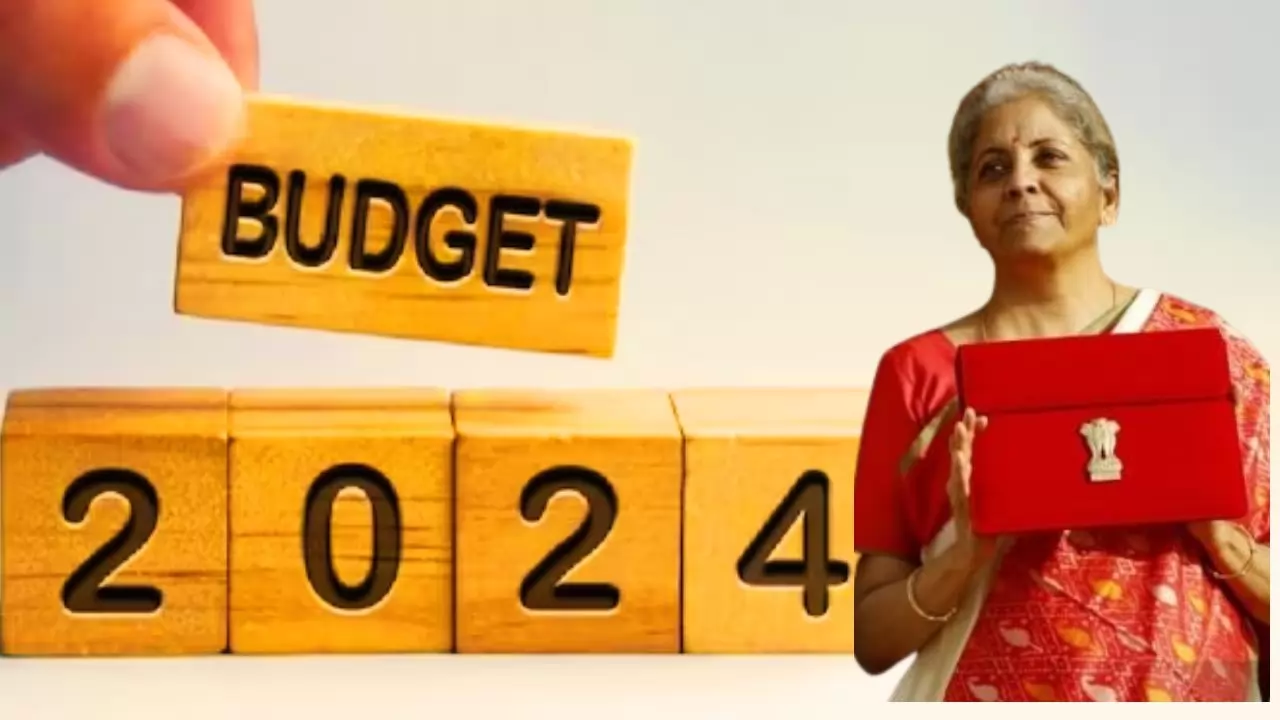
Top Indian News
Budget 2024: In an announcement during the interim Budget 2024 speech, Finance Minister Nirmala Sitharaman introduced a plan that could offer 1 crore families the opportunity to receive up to 300 units of free electricity monthly. However, there's a catch – the adoption of rooftop solarization, a solar energy system installed on house rooftops, is the key to unlocking this benefit.
Nirmala Sitharaman emphasized that families embracing rooftop solar systems could potentially save Rs 15,000 to 18,000 annually. The surplus electricity generated from these solar setups can be sold back to the electricity company, offering substantial benefits to households equipped with solar technology.
With an eye on the increasing number of electric vehicles (EVs) in the country, the government plans to channel excess electricity from solar systems to power EV charging stations. This strategic move aims to create a robust electric vehicle charging ecosystem while providing employment opportunities for the youth in manufacturing, installation, and maintenance of solar panels and EV chargers.
Prime Minister Narendra Modi, on January 22, indicated the government's commitment to a new scheme promoting rooftop solar energy. The scheme, with REC (Rural Electrification Corporation) as the implementing agency, will provide loans of up to ₹1.2 trillion for rooftop solar panel installations. This initiative not only supports sustainable energy practices but also fosters skill development and income growth for the involved workforce.
In her budget presentation, Finance Minister Sitharaman unveiled a scheme targeting the "deserving" sections of the middle class. This initiative aims to help middle-class individuals transition from rented houses, slums, chawls, and unauthorized colonies to owning permanent residences.
Sitharaman highlighted the government's progress toward achieving its target of three crore houses under the rural housing scheme. To accommodate the increasing number of families, an additional two crore houses will be constructed in the next five years.
The government plans to collaborate with major private companies to provide permanent housing solutions in metropolitan slums. Specifically mentioning chawls, a term commonly used in Mumbai for houses in slums, the Finance Minister hinted at encouraging private enterprises to participate in redeveloping these areas.
A noteworthy example is the redevelopment of Dharavi, Asia's largest slum in Mumbai, assigned to the Adani Group. The ambitious project aims to construct over two lakh permanent houses, each spanning 350 square feet, exclusively for residents before January 1, 2000.
While the permanent housing scheme may face challenges in opposition-ruled metropolitan cities like Delhi and Bengaluru, funding attractiveness could sway states to adopt the initiative. Delhi, for instance, was quick to embrace the Centre's rooftop solar energy scheme, with Chief Minister Kejriwal actively promoting and supporting the initiative.
In conclusion, the government's multifaceted approach addresses energy sustainability, affordable housing, and skill development, marking a significant step towards a greener and more inclusive future.





Copyright © 2025 Top Indian News
